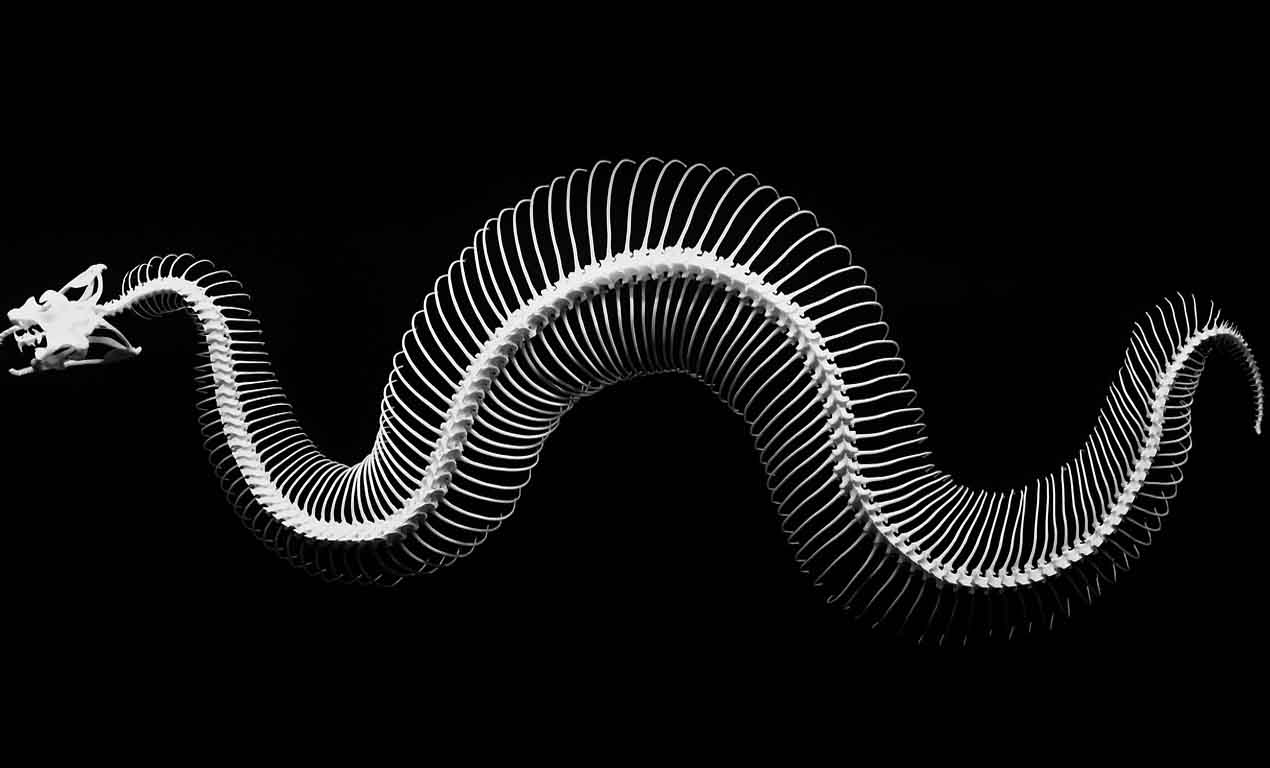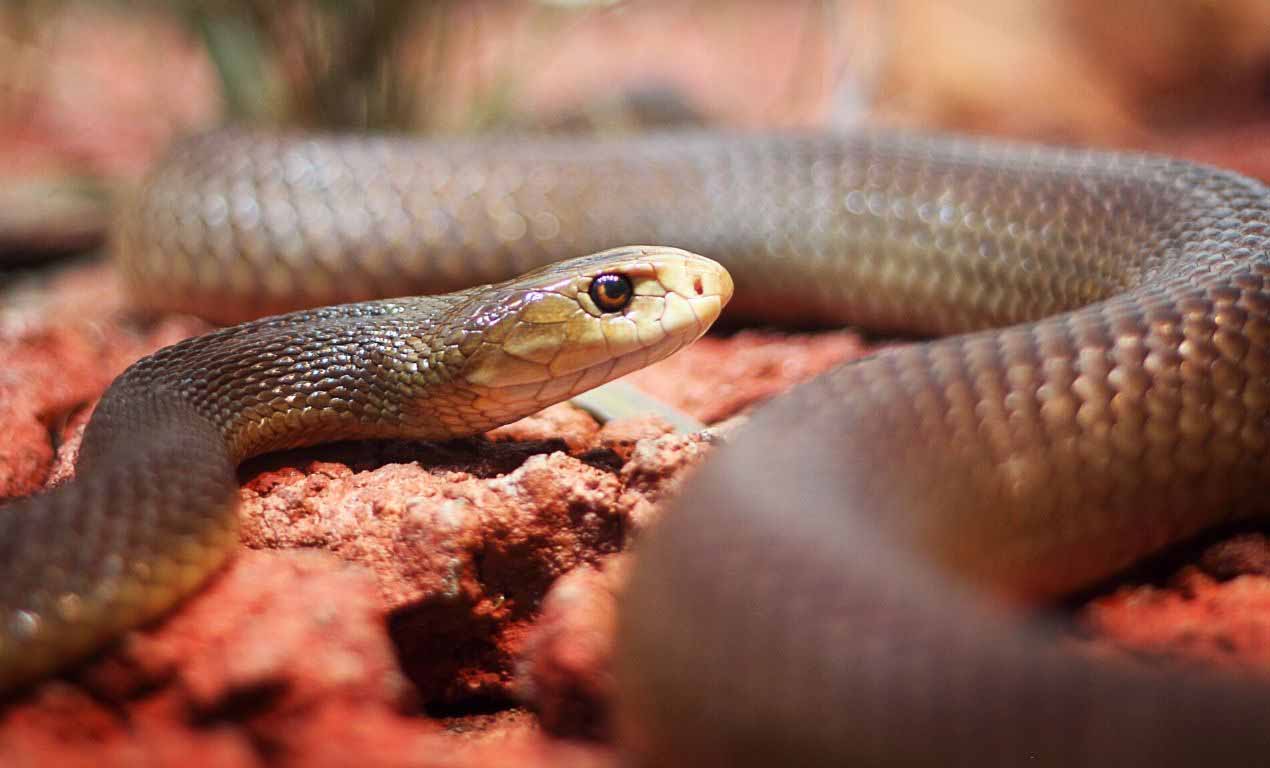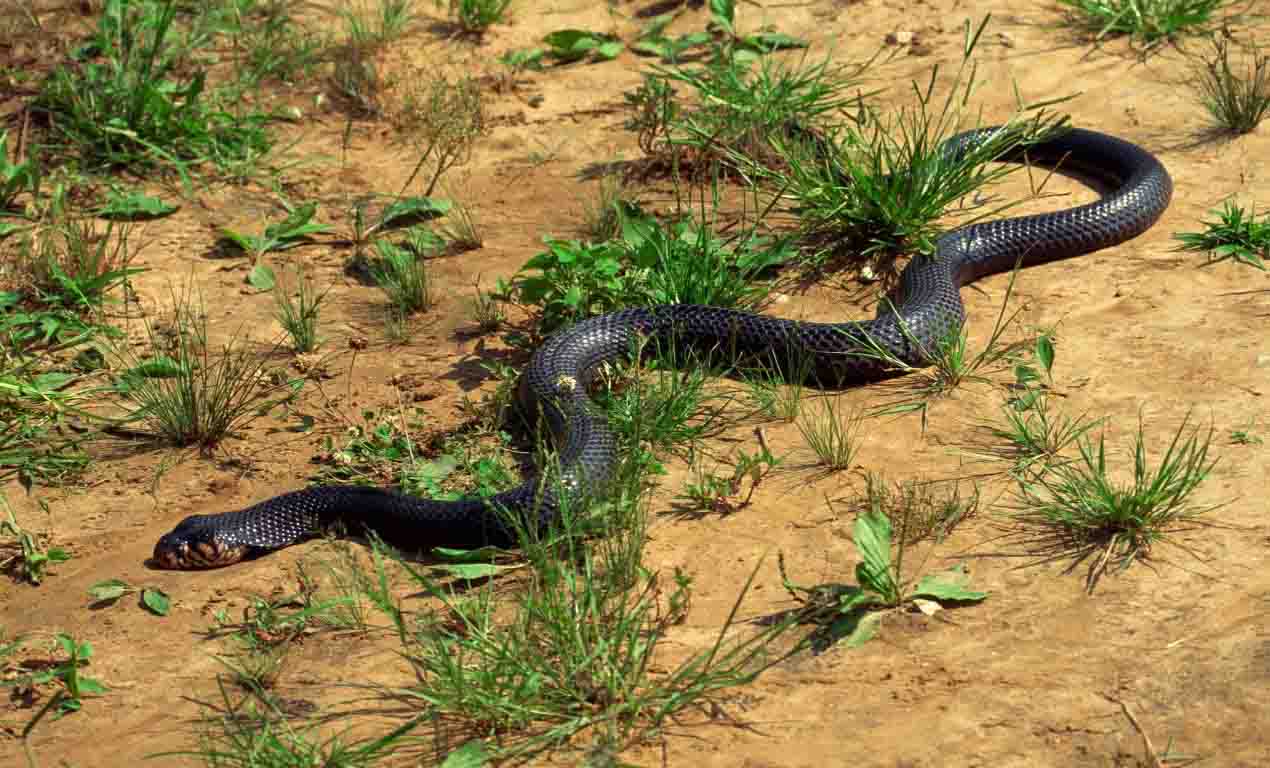
 Snakes are fast, and their movements are so fluid. They don’t have legs, yet they move so perfectly. It appears as if they are boneless because their movement looks so fluid.
Snakes are fast, and their movements are so fluid. They don’t have legs, yet they move so perfectly. It appears as if they are boneless because their movement looks so fluid.
But do snakes have bones? Yes, snakes have bones. They are also vertebrae. The term vertebrae mean someone who has bones. A snake has 200-400 vertebrae—it like a big spinal cord. Snakes use these vertebrae or bones to slither. Snakes could not have moved as fluidly if evolution didn’t provide them with this uniqueness.
Their bones look like a big spinal cord, and they have to work together to initiate a movement. Apart from slithering the snake can also move up and down, coil etc. These movements are possible because their bones are highly flexible.
Continue reading to know more about how their bones work.
Why Snakes Need So Many Bones?
Imagine the way a snake moves. It can coil, it can slither all due to the help of this excess vertebra and muscles.
If the snake didn’t have so many vertebrae, then the snake would not have been able to slither.
The fluidity of their movement is directly related to this vertebrae. Imagine a snake has fewer vertebra lets say it has only 34 vertebrae much like humans.
Do you think the snake can move as fluidly as it can? The answer is no. They can coil due to a due to the availability of this excess vertebrae.
If they had 34 vertebrae, the movement would be very rigid, and the snake will not be able to move the way they move. They won’t be able to coil they won’t be able to propel their body as fast as they do.
Snakes Have Very Special Jaw Bones
Due to evolution, snakes have got unique jawbones. Their jaw looks like a solid structure, but their left and right jaw are not connected. They are disconnected and that allows the snake to swallow big prey.
They can stretch their jaw to a great extent and swallow the prey. A snake’s head may look small compared to their body, but when they start eating large prey, their jaw expands as much as the size of the prey.
Their skin is also flexible, so that’s why it can stretch to a great extent and helps in swallowing the prey.
Can Those Bones Break?
Much like all living beings, their bones are made of calcium, and if enough force is exerted in their bones, then their bones can break.
Unfortunately for the snake if they break the bones, they can die because they won’t be able to slither, which means they won’t be able to catch prey and can die.
Severe injuries in their bones can lead to death no matter how big the species is. Snake’s head is their weakest spot. If they receive severe impact in their head, they will die instantly.
If you compare that to humans, we can live with broken legs or broken hands, but if we receive injuries in our spine, we can get severely affected, leading to paralysis or even death.
Snake’s spine is the biggest bone, and they use it to slither so injuring means death.
Snakes Move Faster Than Blink Of An Eye

Snakes can strike faster than the blink of an eye. Which means we cannot react when a snake strikes us. How they do, it is still a mystery.
Scientists are still studying how snakes achieve such mind-boggling speed. Scientists believe that the snake’s anatomy and snake’s muscles play a vital role in achieving that speed. Snakes have a unique bone structure and have 10000, 15000 muscles. Their bones are aerodynamic.
Snakes have a pointed face. It’s pointed at the tip and a thick at the end. This provides greater acceleration. A snake has to tolerate 30g, which is 30 times the force of gravity when they are striking. If we get exposed to such high G, we will become unconscious.
They do it with ease. A snake opens it’s mouth, strikes their prey and come back and coil again within a fraction of seconds. Their face doesn’t sustain any damage even while they are striking their prey.
Usually if we move at that speed and hit someone, we would severely injure ourself. Snakes can do it because of the unique facial structure. This facial structure absorbs the shock.
Researchers are still studying how snakes do it so flawlessly, but they are assuming that maybe some part of the face lands first and then absorb the shock from the impact. Then the other parts of the face lands. So, the force from the impact gets distributed.
All of this happens with a fraction of seconds, faster than the blink of our eyes. Not all snakes can reach that speed, but the majority can. Snakes have mastered these skills for millions of years.
Snakes Cannot Move Properly On Smooth Or Fleecy Surface
Snakes require friction to move, but a smooth surface doesn’t provide that. They will keep slithering but won’t be able to move forward; instead, they will move sideways.
If you ever noticed a snake slithering on marble, you’ll know what I am trying to say.
A snake will slither very fast on a smooth surface, but they cannot move forward. They will continue to slither on the spot. This is a severe anatomical drawback that a snake has to face.
Their anatomy doesn’t provide the requirement to crawl through smooth surface.
The anatomy of a snake is perfect for moving in the wild. Snakes are doing it for millions of years, and they are great at it.
The speed at which they can travel on the water and the surface is remarkable.
How Snakes Move?

Snakes spinal cord has small leg-like structures that attach the muscles with the spinal cord. This structure moves along with the bones and initiates a movement.
A snake’s muscles protect the bones, stops it from getting injured. An Anaconda has a unique structure. They have hefty bodies and huge muscles, yet they can move very fast and attack with agility.
They suffocate their prey by compressing their muscles creating enormous pressure, thus killing the victim.
Scientists are still baffled on how the bones of constrictor snakes like Anaconda can withstand their own body’s pressure.
How do these bones maintain heavyweight and yet allows them to move so fast? According to studies, big snakes like Anaconda uses their whole body to initiate a movement, thus reducing the overall pressure on the vertebrae.
Anaconda has scaled skin which protects them from getting injured while moving. Anaconda weight around 550 pounds and they slither through various surfaces within a jungle.
Yet, their skin doesn’t cut it’s because of the scales present in the skin which protect the skin from getting damaged.
Differences In Skull Bones
Poisonous snakes and constrictor snakes have a different skull. They function differently, and the skeletal structure is also different.
Their hunting tactics are different, so these differences in skull structure are needed.
Anaconda and other similar snakes have strong jaws which allow them to hold the prey; on the other hand, poisonous snakes don’t have strong jaws. They have poison fangs which enable them to inject poison.
An Anaconda swallows big powerful animals, so they have multiple inward pointed teeth that help an anaconda to consume the prey after it is dead.
Poisonous snakes have fangs right at the front of the skull which allows them to inject poison. They also have inward pointed teeth which enable them to swallow their prey.
Still, the teeth count is less compared to Anaconda. The poison fangs are folded when the snake is not using its poison. It opens up whenever the snake is going to attack.
For constrictor snake-like Python and Anaconda, they grab the prey and then put their heavy body on to them and starts constricting.
When the victim dies, it swallows its prey. Constrictor snakes spend a lot of energy when they are capturing big preys as the victim struggles a lot when caught.
Normally these victims can be around 75% -100% the bodyweight of constrictor snake. In contrast, a poisonous snake doesn’t have to worry about that.
A poisonous snake bites their victim, and the victim dies after a few minutes to an hour. Once the victim is dead, the snake tracks the victim and consumes it.
Snakes Can Die Due To Indigestion
A snake can vomit if they realise the prey is too big to swallow. Sometimes it’s seen that snakes like Anaconda or Python trying to swallow a big crocodile.
People think that they die because they can’t consume the food, but that is not the case the snake can die because of indigestion.
If the crocodile starts rotting inside the stomach, then the snake can die. This is a rare phenomenon but can happen.
Their body can stretch to a great extent, and they can swallow prey bigger than their body mass thanks to their unique anatomy.
Still, if the climate is not right, the snake can die due to indigestion.
Welcome to my blog. I have been doing pest control for years since my house, garden and pets were always attacked by various kinds of pests and as a result I had to know proper pest control techniques that works. In this blog I share all the tips and tricks that I know and I hope you’ll find it helpful.
